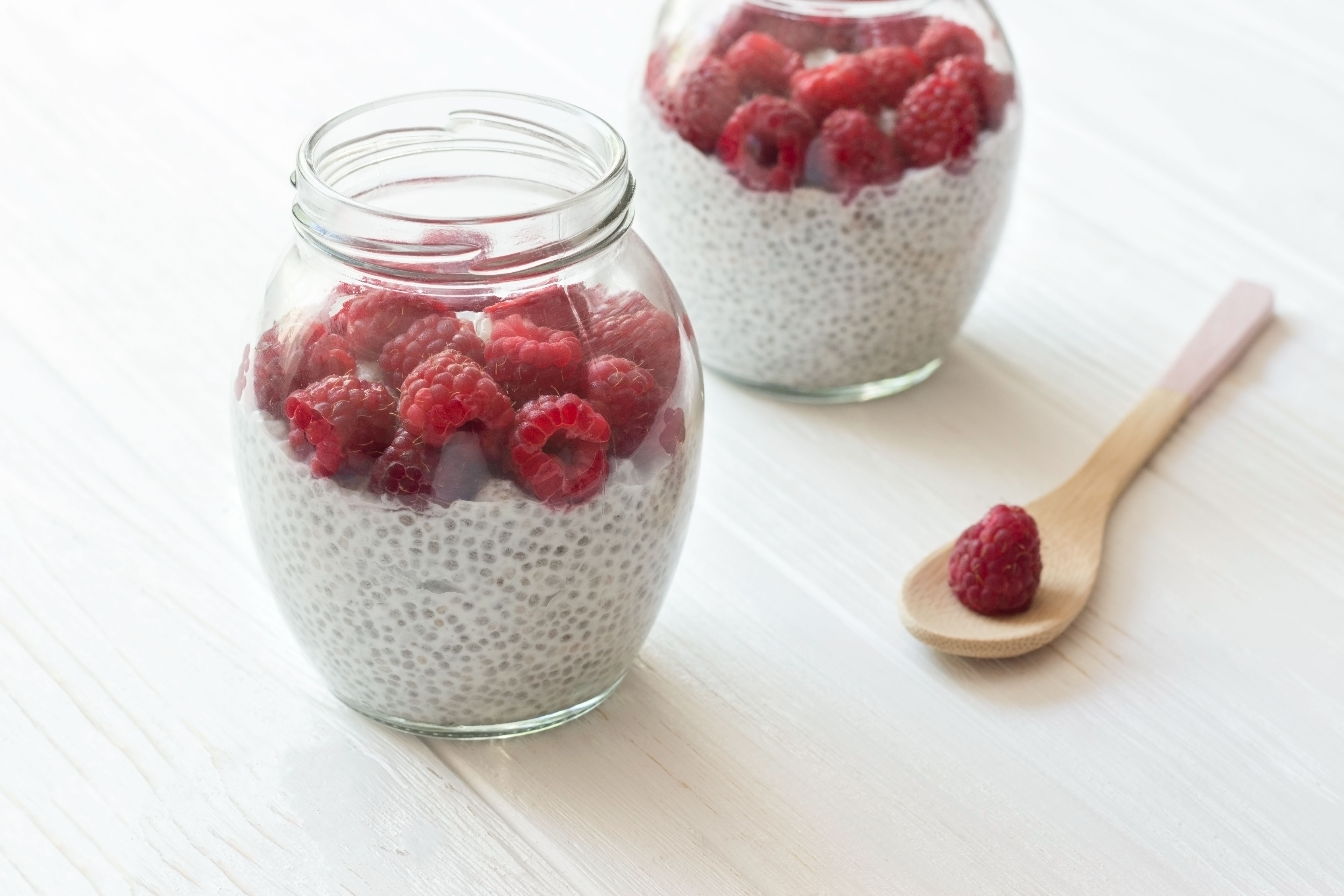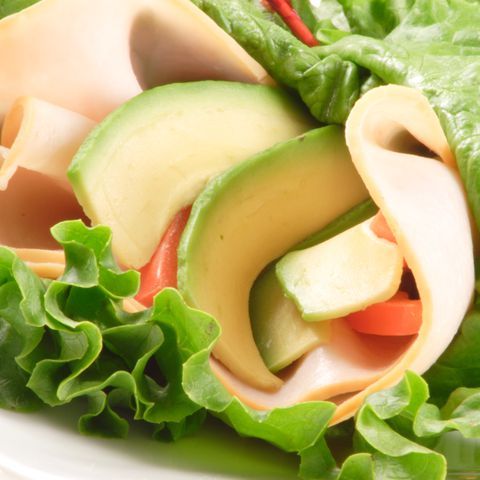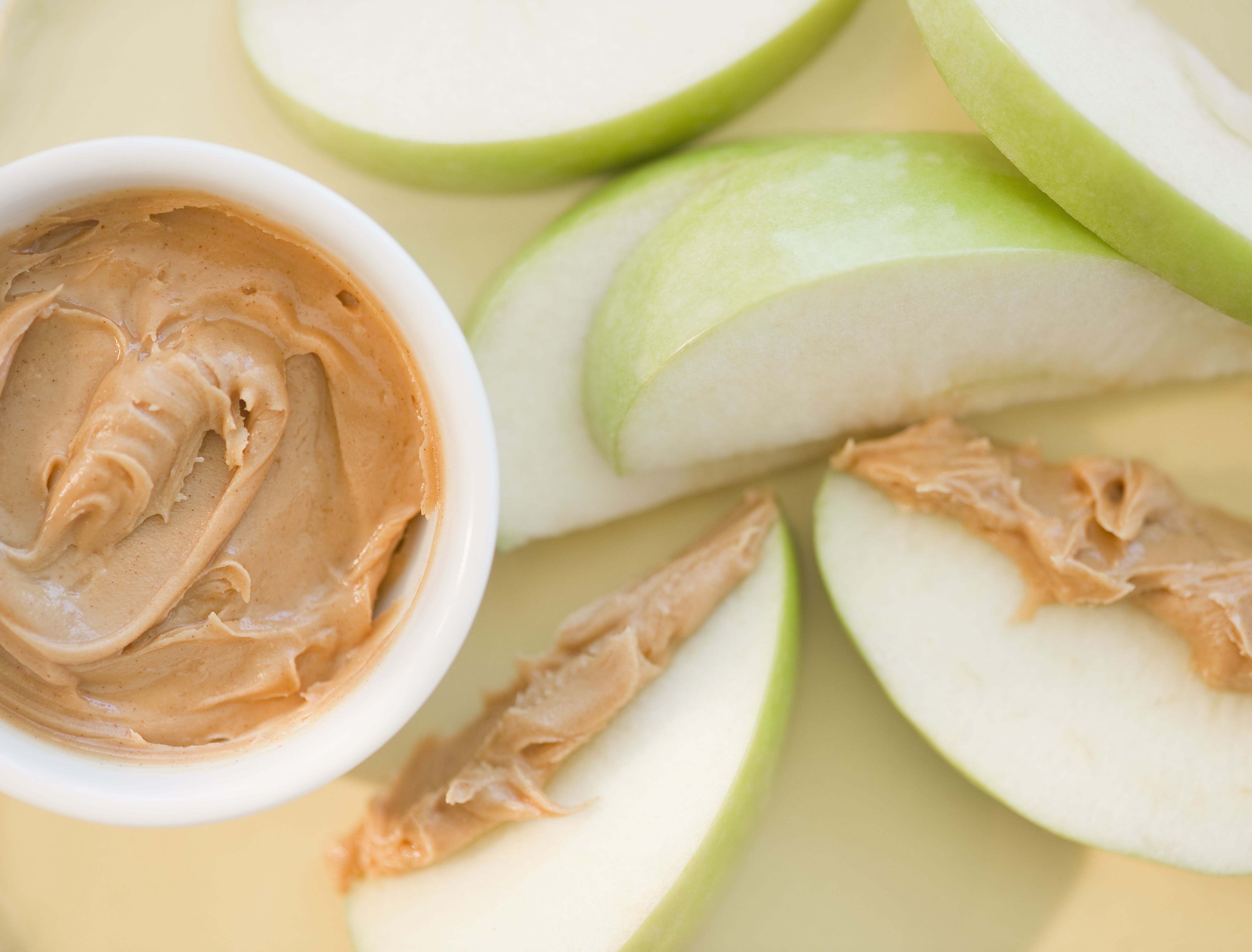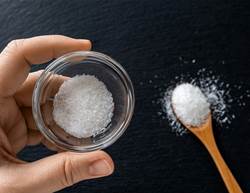Once you’ve been diagnosed with diabetes, the way you approach food completely changes. That’s because dips and peaks in your blood sugar can dictate how you feel throughout the day, and the foods you eat play a major role in that.
Once you start taking medication or insulin to control your blood sugar, you have a greater risk of experiencing these fluctuations. But anyone can feel the effects of low blood sugar-even if you don’t have diabetes, explains dietitian Julie Stefanski.
“Waiting too long to eat or picking the wrong combination of food can lead to a drop in blood sugar. Signs of a low blood sugar include feeling weak, shaky, or even sweaty,” she says. “Eating something with carbohydrates will raise your blood sugar level, but will not completely take away that awful feeing.”
So how do you choose a snack that will level out your blood sugar and keep you feeling satisfied until your next meal? Here’s exactly what to keep in mind (and the best snacks to consider!) when you’re reaching for that midday pick-me-up.
How to choose a diabetes-friendly snack
First thing’s first, ask yourself: Am I really hungry? “There’s a delicate balance between eating throughout the day and grazing at every opportunity,” says Stefanski. “Between meals only choose to eat if you are physically hungry; not bored, not stressed, but physically in need of food.” Then, keep these tips in mind when you head for the fridge:
✔️ Mind your macros
“Eating your macronutrients in a good balance to prevent a low blood sugar is a much better approach then constantly trying to correct it,” explains Stefanski.
- Carbohydrates: Your body digests carbs quickly, which can spike your blood sugar. To avoid this, go for no more than a serving (roughly 15 grams) when snacking. Fibre-rich whole grains and vegetables are your friend, since your body digests those more slowly.
“Steer clear of counting net carbs when you have diabetes,” says Stefanski. “While net carbs subtract both fibre and sugar alcohols (like sorbitol or xylitol) from the carb count, some sugar alcohols can still raise blood sugar about half as much as a regular carb.”
- Protein: Your body digests protein slowly as well, meaning you’ll feel fuller for longer. A serving of at least 7 grams should do the trick.
- Fat: Steer clear of ultra-processed snacks, which tend to be high in saturated fats. If you are including fat within your snack (say, the unsaturated kind that has been linked to improved insulin resistance) you still need to watch your kilojoules, as they can add up quickly.
✔️ Check your timing
“If it has been less than 2 to 3 hours since your last meal, look for a low-carb snack, ideally something with less than 15 grams of carbs, so focus on veggies, protein, and fat,” explains Dr Lori Zanini. If it has been longer than that, go for one serving of carbs and a serving of protein.
✔️ Cap your kilojoules
This will vary depending on your size and activity levels, but Stefanski recommends staying within 627 to 1046kJ (150 to 250cal).
The best snacks to eat if you have diabetes
“It’s important to realise that appropriate snacks for those with diabetes are simply healthy food pairings, and they are a great addition to anyone’s eating plan,” says Zanini. Here are 17 great options to consider-just remember to tweak the portion sizes depending on the timing of your snack:

Greek yoghurt with berries
Greek yoghurt or Skyr offers a balanced (not to mention satisfying) protein-carb-fat trifecta, which helps keep your blood sugar levels stable, says Stefanski. Pro tip: “If you opt for full fat, watch the portion,” says Stefanski, who recommends capping it at 1/2 to 1 cup, depending on the kilojoule level you’re going for. “Choose plain Greek yoghurt and add 1/4 cup of berries and some liquid stevia if sweetness is what you’re looking for. Add chia or flax seeds for crunch.”

Beef or chicken jerky
What’s not to love about beef jerky? It’s easy to take on the go, requires no clean-up, and offers filling protein for very few carbs. Just be sure to double check the carb content, as it can vary depending on the flavour-and watch the salt if your doctor advises you to do so, says Stefanski.

Hard-boiled eggs
Zanini recommends noshing on one or two eggs for complete (and filling) source of protein “It is also a carb-free option, so great to choose if you find yourself hungry between meals, yet your blood sugar levels are higher than desired,” she says. “If you find them bland, I like sprinkling them with some salt and pepper.”

Cottage cheese with tomatoes
This is one of those snacks you would reach for if it’s been 2 or 3 hours since your last meal, says Zanini. Top 1/2 cup of cottage cheese with a whole sliced tomato for a healthy dose of protein, fat, and calcium. “Since it’s so low in carbs and hydrating, it will not raise blood sugar levels,” she says. What’s more, tomatoes contain lycopene, a disease-fighting phytonutrient that gives red tomatoes their vibrant red pigment.

Veggies and dip
It’s hard to go wrong with veggies, but they can start to taste bland after a while. The fix? Switch things up often. “Instead of always turning to baby carrots with hummus or Greek yoghurt dip, opt for some variety by trying of some of the lowest carb veggies like raw zucchini, cucumber, Daikon and typical radish, mushrooms, fennel, or capsicums,” suggests Stefanski. Need a bit more flavour? Pair your favourites with diabetes-friendly dips, like guacamole, hummus, bean dip, or Greek yoghurt dip.

Pickled foods
Reach for fermented foods-like pickles and sauerkraut-when you’re craving something salty. Thanks to their concentration of probiotics (the good kind of bacteria), you’ll boost your gut health while you’re at it. “While the carb count of pickled carrots, sauerkraut, cauliflower, or traditional pickles can be fairly low, try not to include these on a daily basis if your doctor has recommended limiting sodium,” says Stefanski.

Chia pudding
Chia seeds may be tiny, but they’re loaded with fibre and even some protein. Stefanski recommends snacking on a chia pudding. The satisfying nutrients paired with the thick, gelatinous texture will keep you feeling full. Try this: Pour a few tablespoons of chia seeds into 1/2 cup of canned coconut milk and let it thicken for roughly 20 minutes (make this the night before if you don’t have time to wait around in the morning!). Sprinkle with a few berries on top or sweeten with a touch of stevia.

Mixed nuts
“While macadamia nuts are the lowest in carbs and cashews are the highest, this is the kind of nutritional difference you don’t want to lose sleep over,” says Stefanski “All nuts-at a serving size of roughly 1/4 cup or a handful-are a great source of magnesium, a nutrient that many of us don’t get enough of that can have beneficial effects on blood pressure.” Jazz them up if you need more flavour: sprinkle with cinnamon if you have a sweet tooth (studies show it may help you manage diabetes overall), or add a bit of cayenne if you like a spicy kick.

Avocado + turkey lettuce cup
If you’re hungry, but your blood sugar is running high, pair nitrate-free turkey or ham (for protein) with a few slices of avocado (for healthy fat) as a quick and filling low-carb option, suggests Stefanski. If you need something to wrap it all in, use a few pieces of crunchy lettuce.

Trail mix
Trail mix can be a great option if you include nuts, roasted chickpeas, or even a little bit of dark chocolate chunk in your mix for that extra bit of satisfaction. (Pro tip: you likely don’t need the extra carbs that dried fruit provides for an active person if you’re just snacking, so consider making your own!) But if you tend to mindlessly graze, it can easily add up. “Keep the portion at 1/4 to less than 1/2 a cup, or your snack will provide a lot of kilojoules in a very small amount of food,” says Stefanski.

Popcorn
“While corn is popular as a vegetable side dish, it’s actually in the grain group,” explains Stefanski. “As a whole grain it does provide benefits of added fibre with a generous portion.” In fact, 3 cups packs roughly only 148kJ (100cal) and nearly 4 grams of fibre-just watch the butter and salt. Pop your own, or reach for pre-popped flavours like BBQ, sea salt, and dill pickle for a fun twist.

String cheese
String cheese is the perfectly portioned protein. “I tell my clients 1 to 2 is fine, depending on how hungry you are. Eat alone if it has been less than 2 to 3 hours since your last meal, or with a serving of carbs if it has been longer than that,” says Zanini. Two crackers are a great choice.

Roasted chickpeas
Munch on roasted chickpeas if you’re craving something like chips or crackers. They’re crunchy, high in filling fibre and protein, easily portable, and low in kilojoules. You can switch up your seasoning as well; go for pepper, coriander and cumin in this spicy roasted chickpeas recipe.

A small apple with peanut butter
Yes, this childhood favourite is diabetes-approved. Apples are high in fibre (just keep the skin on), low in kilojoules, and rich in flavonoids that may be protective against diabetes. Peanut butter offers some protein and healthy fat, but cap your serving to one tablespoon if you’re aiming for a lower-kJ snack.









